Innehållsförteckning
Bläddra bland kategorierna
Bläddra bland författare
 AB
ABAlberto Boffi
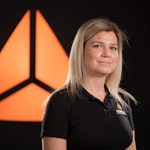 AL
ALAlessia Longo
 AH
AHAl Hoge
 AB
ABAljaž Blažun
 BJ
BJBernard Jerman
 BČ
BČBojan Čontala
 CF
CFCarsten Frederiksen
 CS
CSCarsten Stjernfelt
 DC
DCDaniel Colmenares
 DF
DFDino Florjančič
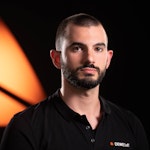 EB
EBEmanuele Burgognoni
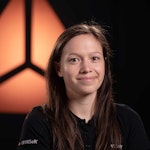 EK
EKEva Kalšek
 FB
FBFranck Beranger
 GR
GRGabriele Ribichini
Glacier Chen
 GS
GSGrant Maloy Smith
 HB
HBHelmut Behmüller
 IB
IBIza Burnik
 JO
JOJaka Ogorevc
 JR
JRJake Rosenthal
 JS
JSJernej Sirk
 JM
JMJohn Miller
 KM
KMKarla Yera Morales
 KD
KDKayla Day
 KS
KSKonrad Schweiger
Leslie Wang
 LS
LSLoïc Siret
 LJ
LJLuka Jerman
 MB
MBMarco Behmer
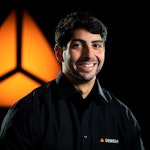 MR
MRMarco Ribichini
 ML
MLMatic Lebar
 MS
MSMatjaž Strniša
 ME
MEMatthew Engquist
 ME
MEMichael Elmerick
 NP
NPNicolas Phan
 OM
OMOwen Maginity
 PF
PFPatrick Fu
 PR
PRPrimož Rome
 RM
RMRok Mesar
 RS
RSRupert Schwarz
 SA
SASamuele Ardizio
 SK
SKSimon Kodrič
 SG
SGSøren Linnet Gjelstrup
 TH
THThorsten Hartleb
 TV
TVTirin Varghese
 UK
UKUrban Kuhar
Valentino Pagliara
 VS
VSVid Selič
 WK
WKWill Kooiker
The History of Aerospace Telemetry

December 4, 2024
Aerospace telemetry is a vital technology that allows real-time monitoring and control of spacecraft, aircraft, and missiles by transmitting data between these vehicles and ground control stations. From its early days to the present, telemetry has played a critical role in the success of various aerospace missions, supporting major initiatives by countries like the USA, the USSR/Russia, Europe, China, and Japan, as well as private companies like SpaceX, Blue Origin, and ULA. In this article, we will trace the evolution of aerospace telemetry from its origins to today, highlighting the key technologies and their applications in notable aerospace programs.
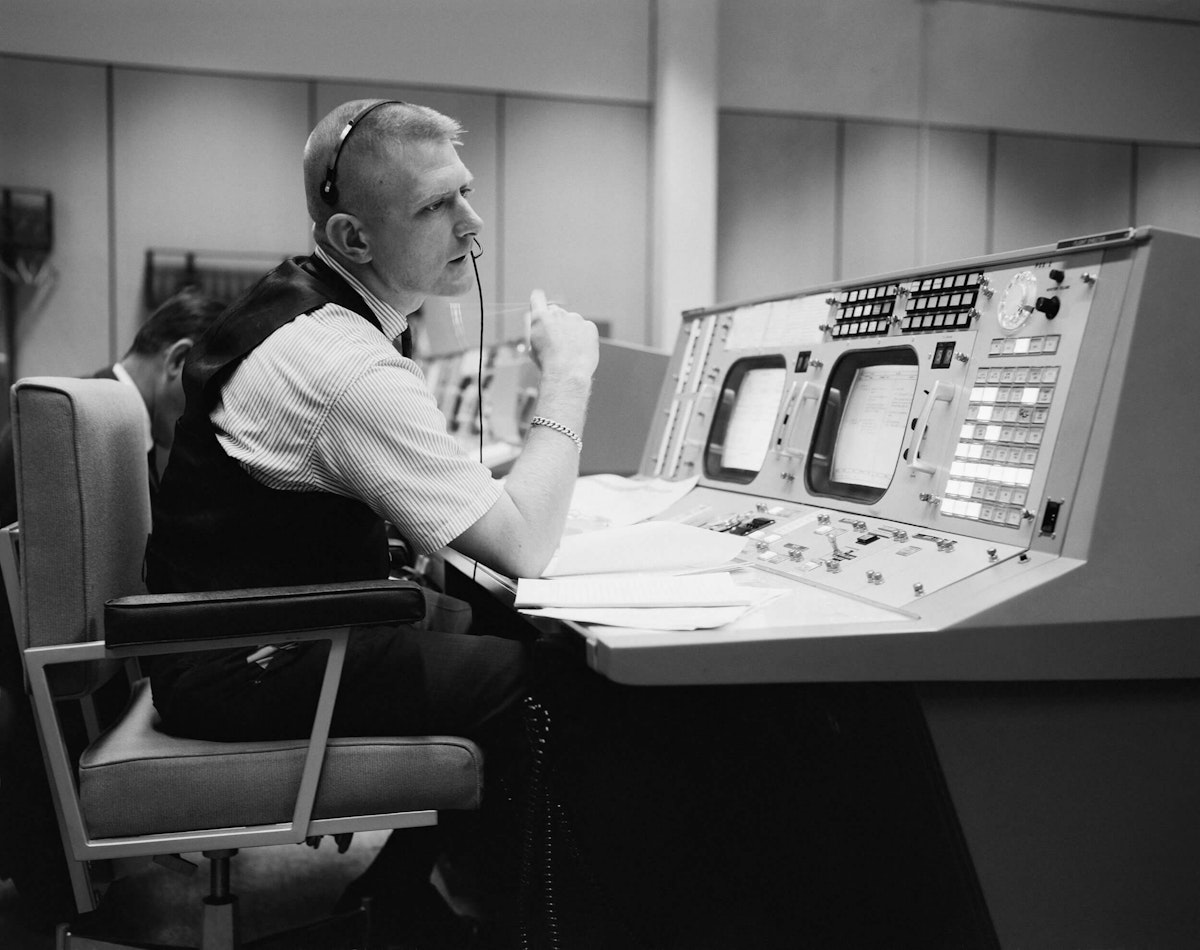
The origins of telemetry
Aerospace telemetry's early history is deeply intertwined with the development of radio communication and the aviation industry, with its roots stretching back to the early 20th century. The need for remote monitoring of aircraft and later spacecraft systems led to the invention and evolution of telemetry technologies, which have become critical for modern aerospace operations.
Wireless communication pioneers
The concept of telemetry – remotely measuring and transmitting data – originated with the development of radio communication in the late 19th and early 20th centuries. Key figures in the invention of radio communication, such as Guglielmo Marconi and Nikola Tesla, laid the groundwork for telemetry by demonstrating the ability to send signals wirelessly over long distances.
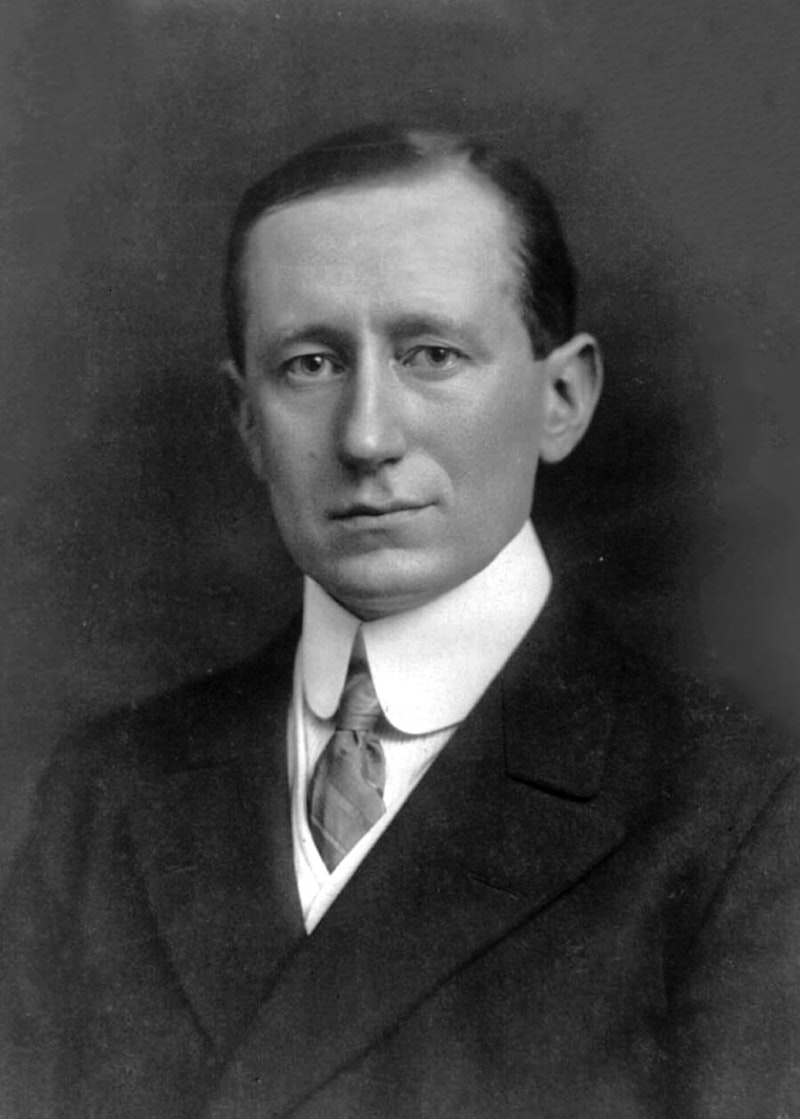
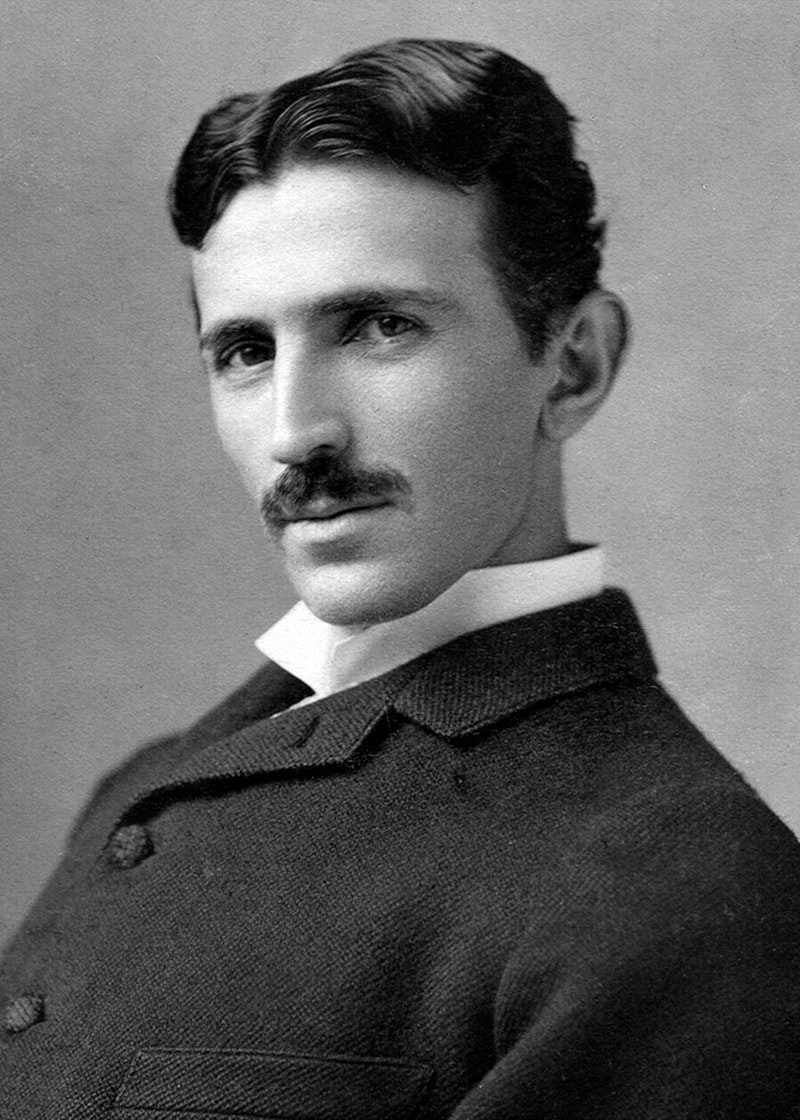
Guglielmo Marconi
Italian inventor Guglielmo Marconi is often credited with the invention of the radio. In 1895, he successfully transmitted the first radio signal over a short distance, and by 1901, he had established the first transatlantic radio communication. Marconi’s work demonstrated the potential for wireless communication, which would later be adapted for telemetry.
Nikola Tesla
Serbian-American inventor Nikola Tesla made significant contributions to radio communication and wireless technology. In the early 1900s, Tesla conducted experiments with wireless power transmission and remote control, concepts that were foundational for future telemetry systems.
The U.S. Army Air Corps (today known as the U.S. Air Force) and Britain’s Royal Air Force were among the military bodies interested in developing radio technologies for flight control and monitoring. Companies like Western Electric and RCA developed early radio communication systems, further bolstering the foundations of telemetry.
Telemetry in rocketry (1920s-1930s)
Often referred to as the father of modern rocketry, American engineer Robert Goddard (1842-1945) made significant contributions to aerospace telemetry through his pioneering work. In 1914, he patented his inventions of multi-stage and liquid-fueled rockets. He launched the world's first liquid-fueled rocket on a Massachusetts farm on March 16, 1926. He was among the first to develop and use a telemetry system that used radio signals to transmit flight data from his rockets to ground-based observers.
Because commercial solutions were unavailable, Goddard developed electronic instruments to gather and transmit data from his rockets. These sensors measured and transmitted data such as altitude, acceleration, barometric pressure, speed, fuel consumption, nozzle pressure, temperature, and fuel burn rates.
One of the earliest recorded uses of Goddard’s telemetry was during a test flight on April 16, 1935, in Roswell, New Mexico. During this flight, he successfully transmitted real-time data on the rocket’s altitude and other parameters back to the ground, where the data was recorded and displayed using analog instruments and meters. This marked one of the first instances of radio telemetry applied to rocketry.
Telemetry in aviation (1910s-1930s)
Telemetry began to take shape as a distinct technology in the 1920s and 1930s, driven by the rapid advancements in aviation. As aircraft became more sophisticated, there was a growing need to monitor their systems remotely to ensure safety and performance.
The first telemetry systems were rudimentary, using analog radio signals to transmit data from aircraft to ground stations, as Goddard did with his rockets. These systems were often limited to basic measurements like engine temperature, fuel levels, and altitude. The data was transmitted via radio in real time using frequency modulation (FM), allowing continuous monitoring of critical parameters.
Early innovators
Founded in 1910, the Sperry Corporation was crucial in the early development of aviation instrumentation. Elmer Sperry, an American inventor and entrepreneur, co-invented the first gyroscope. His son Lawrence Sperry invented the autopilot and the artificial horizon gauge, which are still used today.
First demonstrated in 1914, Sperry's autopilot used gyroscopic stabilization. While it wasn’t a telemetry system per se, it significantly contributed to real-time flight monitoring and stability. The autopilot helped maintain a course and altitude, and data about the plane's position and control inputs could be transmitted to the ground using radio waves.
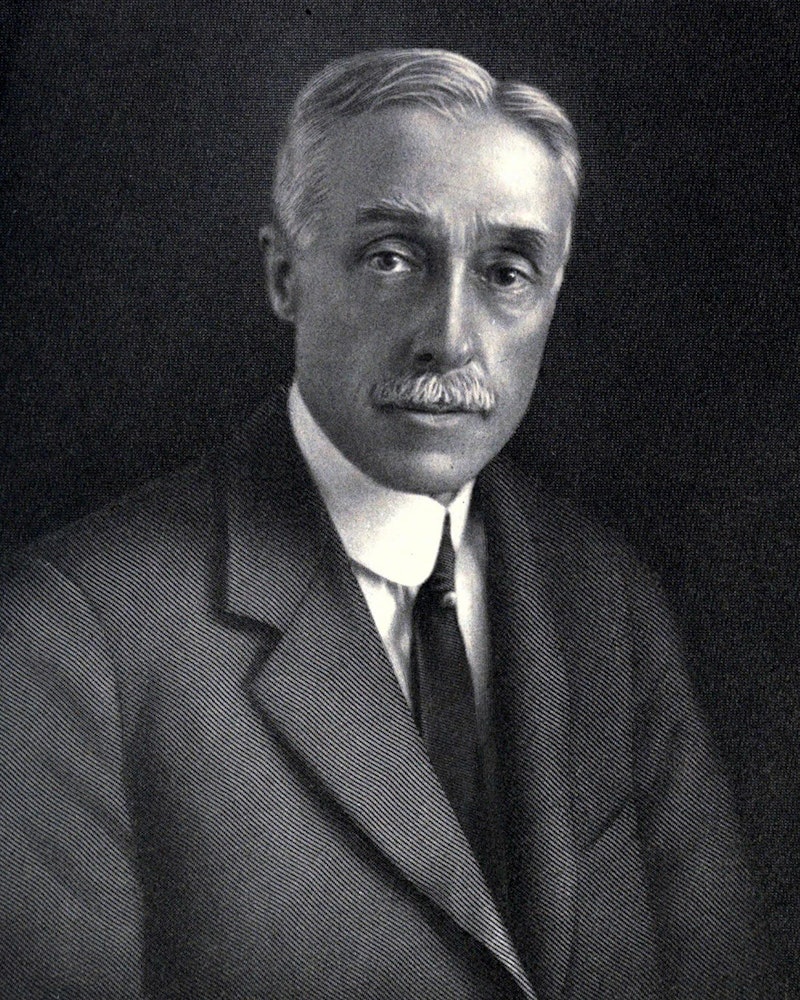
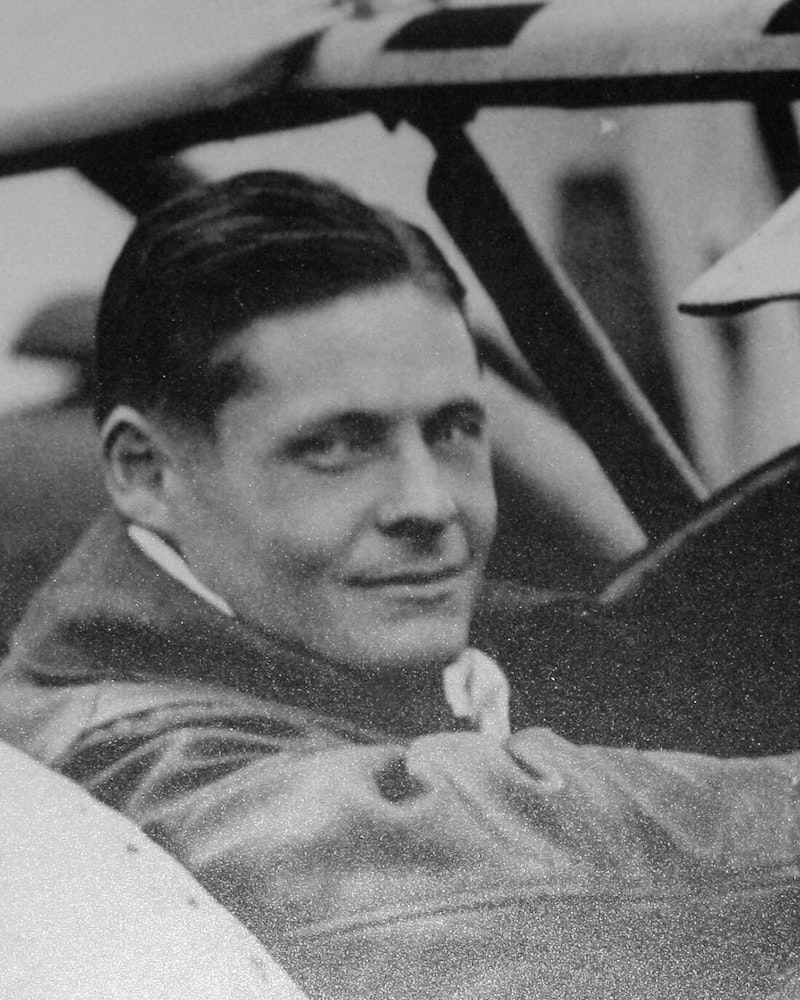
Another significant contributor was the Bendix Corporation, founded by Vincent Bendix in 1924. Bendix specialized in automotive and aviation components, including early flight instruments. Bendix engineers worked on refining telemetry systems to improve the reliability and accuracy of data transmission.
Telemetry during World War II (1939-1945)
World War II drove significant investment in research and development, leading to innovations that would shape the future of aerospace telemetry.
Raytheon’s early contributions to aerospace telemetry were primarily through its RADAR technology, guided missile systems, and military electronics innovations. The company developed telemetry systems to transmit real-time data on missile and aircraft performance, enabling engineers and military operators to gather valuable information about flight trajectories, speeds, and control systems. Radar systems were essential for tracking aircraft, ship, and missile trajectories, and the data gathered through radar systems often needed to be transmitted in real-time to ground stations.
Best known for its unconventional “flying wing” designs, such as the N1-M, YB-35, and YB-49, Northrop Aviation developed early flight data recording devices that eventually became telemetry systems. Due to these aircraft's unique structural and aerodynamic challenges, Northrop invented systems to monitor and transmit basic flight parameters like airspeed, altitude, engine performance, structural stress, and control surface movements. These data were sent via radio signals to ground stations, where engineers could analyze and adjust the flight parameters for improved performance.
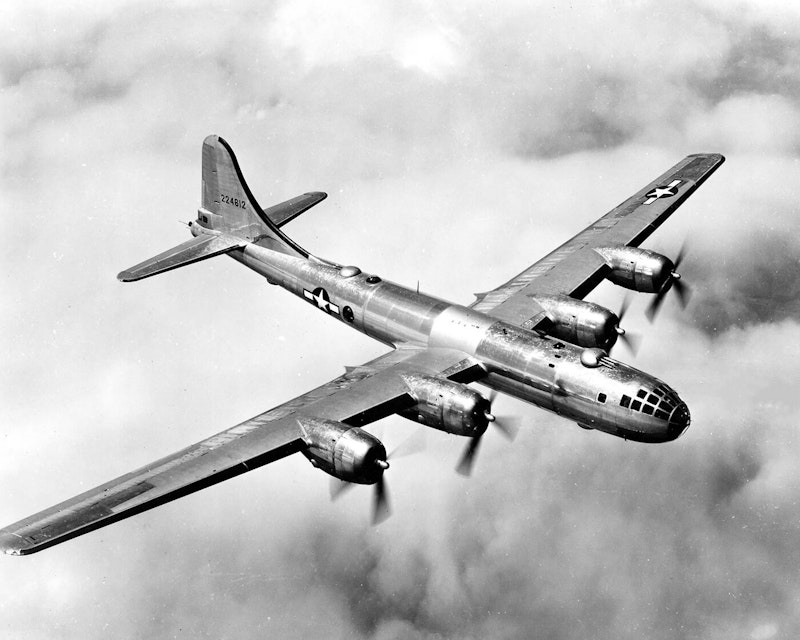
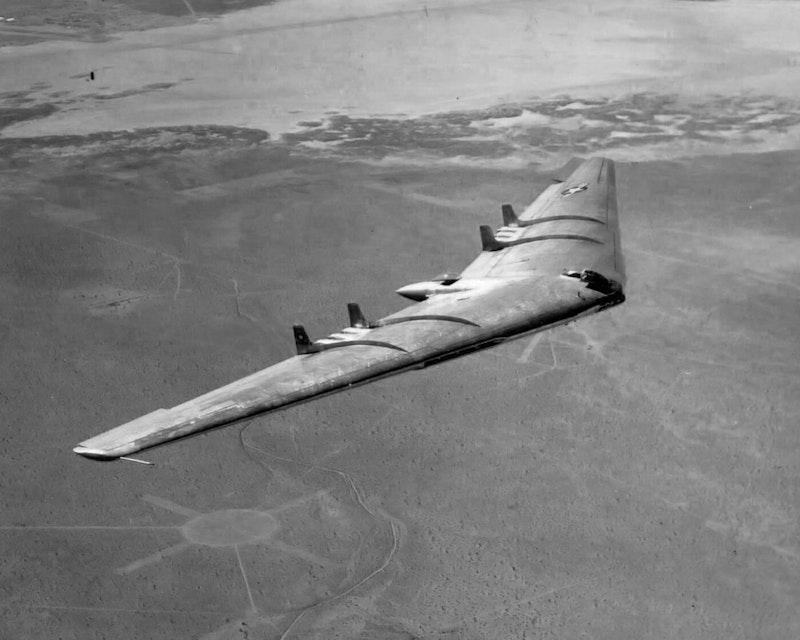
One of the most notable advancements during this period was the telemetry system used in the German V-2 rocket, the world’s first long-range guided ballistic missile. The V-2 rocket was equipped with a telemetry system that transmitted data on the rocket’s performance and flight path back to ground control.
This system used radio signals to send information such as velocity, altitude, and engine status, allowing engineers to analyze the rocket's behavior and improve its design. This was one of the first large-scale telemetry uses in a long-range rocket, making it crucial for subsequent aerospace applications.
Post-war developments and the Dawn of the Space Age (mid-1940s-1950s)
The 1950s marked a period of rapid innovation in aerospace telemetry, driven by the demands of missile development, supersonic flight, and the early space race. These advancements formed the backbone of modern telemetry systems used in aerospace and space exploration. The post-war period saw the establishment of research institutions and the commercialization of telemetry technologies, laying the groundwork for the space age. America’s Department of Defense (DoD) led advancements in missile defense systems, funding companies like Raytheon and Hughes Aircraft to improve the telemetry systems needed for real-time tracking and performance monitoring.
The 1950s marked the beginning of the space race, with the United States of America (USA) and the Soviet Union (USSR) developing telemetry systems to support their space programs. Telemetry became essential for monitoring spacecraft during launch, orbit, re-entry, and tracking astronauts' vital signs during manned missions.
The establishment of the National Advisory Committee for Aeronautics (NACA), which later became NASA, led to significant advancements in telemetry. Companies like North American Aviation and RCA (Radio Corporation of America) developed telemetry systems for early American space missions. RCA, in particular, developed ground-based telemetry equipment that was crucial for receiving and processing data from spacecraft.
Founded by Howard Hughes in 1932, Hughes Aircraft developed guided missile systems that relied heavily on telemetry for tracking and control in the 1950s. The company’s innovations in radar and communications technology allowed for the remote monitoring of missile performance in flight, including speed, altitude, and trajectory. Telemetry was crucial for guiding missiles to their targets and collecting performance data for post-flight analysis.
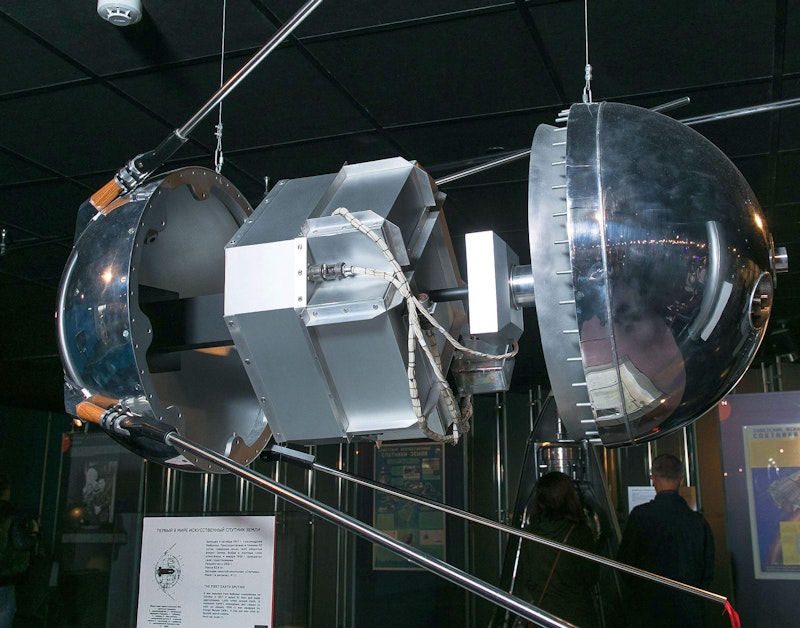
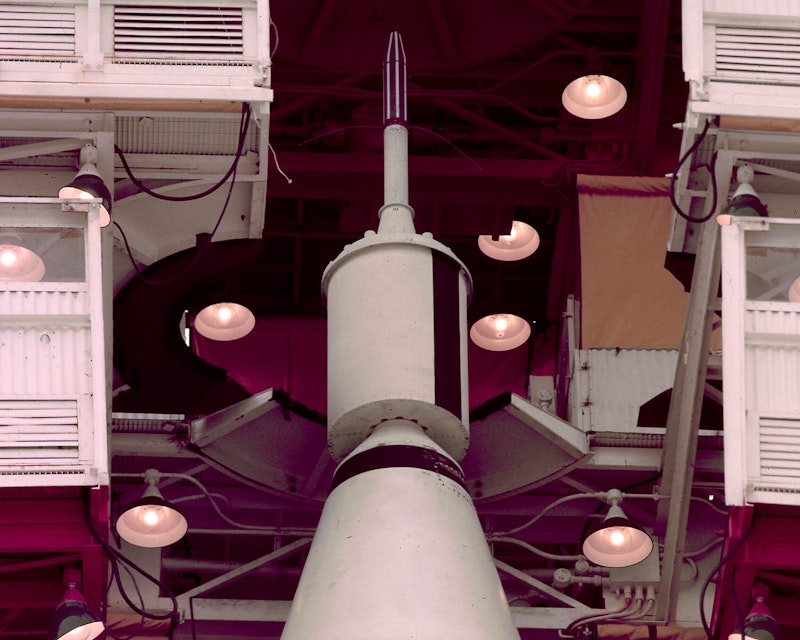
The Soviet Union's early successes in space exploration, including the launch of Sputnik 1 in October of 1957, relied heavily on telemetry. Sputnik’s telemetry system transmitted temperature and battery status data, allowing ground stations to monitor the satellite’s health. Sputnik transmitted beacon and pulse patterns on two frequencies to radio operators on the ground. These signals were a form of basic telemetry that allowed scientists to verify that the satellite was in orbit and functioning as planned.
Soviet engineers, such as those working under Sergei Korolev, the chief designer of the Soviet space program, were instrumental in developing these early systems.
NASA’s Jet Propulsion Lab (JPL) division developed advanced satellite telemetry for Explorer 1, launched aboard a Juno rocket four months after Sputnik. In the heat of the space race, NASA pushed the boundaries of telemetry for supersonic and high-speed flight testing.
Technological innovations
New technologies included Pulse Code Modulation (PCM), a method of digitally encoding analog signals. PCM allowed for more accurate and reliable data transmission over long distances, essential for space missions. This innovation was driven by engineers at companies like Bell Labs, who were at the forefront of digital communication technologies.
Pulse Code Modulation (PCM) became widespread during the Apollo program. PCM allowed for the digital encoding of a wide range of telemetry data, from spacecraft telemetry to biomedical data on astronauts. The increased accuracy and reliability of PCM were critical in ensuring the success of these complex missions.
Frequency Modulation (FM) technology also evolved, with improved modulation techniques that allowed for clearer and more efficient telemetry data transmission. These advancements were critical for the success of early space missions, where maintaining a strong and stable communication link was crucial.
The space race and Apollo program (1960s-1970s)
The 1960s and 1970s were a period of intense innovation in aerospace telemetry, driven by the space race between the USA and the USSR. This era saw the development of more advanced telemetry systems to support increasingly complex and ambitious missions, culminating in America’s Apollo program and landing the first human beings on the Moon.
Following the success of Sputnik, the Soviet Union continued to refine its telemetry systems to support a series of increasingly sophisticated missions. These included the first human spaceflight by Yuri Gagarin in 1961, onboard Vostok 1, which transmitted vital signs and spacecraft status back to Earth. Soviet telemetry systems, developed under the guidance of Sergei Korolev, were essential in monitoring cosmonauts' health and ensuring the success of missions like Luna, Vostok, and Soyuz.
On May 25, 1961, President John F. Kennedy addressed a joint Congress session and said that the USA “should commit itself to achieving the goal, before this decade is out, of landing a man on the moon and returning him safely to earth.” He reiterated this goal multiple times over the next several years, even offering to do a joint operation with the USSR, but ultimately both countries acted alone.
The Apollo program
In the United States, NASA's Apollo program represented a significant leap forward in telemetry. The Apollo missions, notably Apollo 11, which landed the first humans on the Moon in 1969, relied heavily on telemetry to monitor spacecraft systems, astronaut health, and environmental conditions. Raytheon’s work on the Apollo Program also helped integrate telemetry with space exploration.
Mission control and telemetry
NASA’s Mission Control Center in Houston became the nerve center for Apollo missions, where telemetry data was continuously received and analyzed. Engineers used telemetry to track the spacecraft’s trajectory, monitor life support systems, and ensure that all spacecraft components were functioning correctly. Telemetry data was transmitted via the Deep Space Network (DSN), a worldwide antenna system designed to maintain communication with spacecraft across the solar system.
Companies and innovators
Companies like RCA and Collins Radio were instrumental in developing the telemetry systems used in Apollo. RCA provided ground-based receiving equipment, while Collins Radio (now part of Rockwell Collins) supplied the onboard communications systems.
North American Aviation, the prime contractor for the Apollo Command and Service Modules, was also crucial in developing the onboard telemetry systems that transmitted data back to Earth.
Telemetry data was routed to NASA facilities, such as the Johnson Space Center in Texas and the Kennedy Space Center in Florida. They processed the data using computers from IBM (International Business Machines), DEC (Digital Equipment Corporation), Univac, and CDC (Control Data Corporation). They stored it on FM tape recorders from companies like Ampex and Honeywell for archiving and replay purposes.
Paper recorders for real-time viewing
Because neither the computers nor the tape recorders of the day could plot data graphically while it was happening, engineers output key data channels to paper recorders for real-time viewing. Data loggers plotted low-speed data continuously, using multi-color capillary ink pens to draw lines on paper that moved very slowly. Pressures and temperatures were ideal candidates for long-term data logging. A variety of companies provided data loggers, including Leeds & Northrop, Esterline Angus, Foxboro, Hewlett-Packard, and Honeywell.
For medium-frequency data, “strip chart recorders,” sometimes called oscillographic recorders, used moving pens that drew incoming signals onto a moving chart. One of the principal makers of these early recorders was Clevite, later known as Brush and, ultimately, Gould. These recorders used pens that injected pressurized ink under a waxy coating on clay-based paper. The paper speed could be increased when more time axis resolution was needed. Additional oscillographic recorder makers included Sanborn (Hewlett-Packard), Watanabe (Graphtec), and Astro-Med (Astro-Nova).
While they could record faster than data loggers, oscillographic recorders were still limited by their pens’ ability to move back and forth. Bandwidths were limited to 40 to 70 Hz when traversing a 40 to 50-mm grid width.
Light beam oscillographs (LBOs) from Honeywell were used for data rates higher than the oscillographs could handle. LBOs used a small mirror to direct a laser onto fast-moving photosensitive paper. Due to its silver content, this paper was costly and was adversely affected by ambient light.
Despite their limitations, in the decades before inexpensive PCs and high-resolution graphical displays, data loggers, oscillographic recorders, and LBOs were the only way for engineers to observe critical signal trends in real time. These recorders filled several essential telemetry roles for many decades.
Post-Apollo and the Space Shuttle era (1970s-2000s)
Following the success of the Apollo program, the focus of aerospace telemetry shifted towards sustaining and expanding human presence in space. This period saw the development of the Space Shuttle, the construction of space stations, and the continued advancement of telemetry technologies.
First launched in 1981, the US Space Shuttle introduced reusable spacecraft and required more sophisticated telemetry systems to monitor a wide array of onboard systems during launch, orbit, and re-entry. In the 1980s and 1990s, chart recorder technology evolved to incorporate internal computing and digital signal processing. In addition, the moving pens were replaced with the thermal array printheads used by office fax machines. This resulted in much higher bandwidth than oscillographic (moving pen) recorders and was a significant technological advance. Manufacturers of thermal array-based chart recorders included Gould, Astro-Med (now Astro-Nova), and Watanabe (now Graphtec).
However, by the early 2000s, the rapid evolution of personal computers had almost entirely replaced the venerable chart recorder with DAQ (data acquisition) systems. Inexpensive, high-resolution computer displays replaced paper as a convenient way to observe data in real-time.
The Shuttle's telemetry system was designed to handle large volumes of data from thousands of sensors. This data included everything from structural stresses during launch to environmental conditions in the cargo bay. The Shuttle's telemetry was transmitted via the Tracking and Data Relay Satellite System (TDRSS), a network of geostationary satellites that ensured continuous communication with Mission Control.
The USA’s Space Shuttle program embraced fully digital telemetry systems. Digital data handling allowed for more efficient processing, storage, and transmission of telemetry data. This period also saw the integration of telemetry data with onboard computers, enabling real-time decision-making and automated system checks.
Beginning in the late 1990s, the construction and operation of the International Space Station (ISS) brought international collaboration and further advancements in telemetry technology. Telemetry systems onboard the ISS monitor station systems, astronaut health, and scientific experiments. The telemetry infrastructure is designed to handle continuous data transmission over long durations, making it one of the most robust systems ever developed.
DAQ systems learn to speak telemetry
By 2000, few paper recorders could read digital telemetry data, so facilities used DACs (digital-to-analog converters) to send a subset of channels to them. NASA’s Kennedy Space Center engineers solved this problem in the early 2000s at their RPS (Record and Playback Subsystem) at the famous LCC (Launch Control Center). They contracted DAQ maker Dewesoft to create a telemetry interface for their DAQ software, also called Dewesoft. The systems still had analog inputs for some applications but could also record hundreds of parameters from the spacecraft. It wasn’t long before whole racks of paper-based recorders were replaced with modern systems running Dewesoft software.
Companies and innovators:
Dewesoft: The Slovenian-based technology company added a telemetry and Scramnet interface to their data acquisition systems for NASA, revolutionizing the role of DAQ instruments.
Rockwell International: Rockwell, which later became part of Boeing, was the prime contractor for the Space Shuttle and developed many of the telemetry systems used onboard.
NASA and ESA: NASA and the European Space Agency (ESA) collaborated closely on telemetry systems for the ISS, ensuring that data could be shared and integrated across international partners.
Commercial spaceflight and modern telemetry (2000s-present)
The 21st century has seen the emergence of commercial spaceflight and new players in the aerospace industry. Companies like SpaceX, Blue Origin, and others have driven the development of modern telemetry systems that are more advanced, cost-effective, and scalable.
SpaceX and Telemetry
SpaceX, founded by Elon Musk in 2002, is a leader in the commercialization of spaceflight and the top provider of launch services to NASA and other organizations. Telemetry is critical to SpaceX's operations and is used in its Falcon rockets, Dragon spacecraft, and Starship vehicles.
SpaceX's telemetry systems are designed to support autonomous flight, where real-time data is used to control the vehicle without human intervention. This is particularly important for Falcon 9's first stage, which returns to Earth and lands autonomously. Telemetry data is transmitted via ground stations and satellite links, enabling precise control and monitoring of the vehicle during its entire mission.
The development of the Starship vehicle, designed for deep space missions, relies on advanced telemetry to monitor systems in real-time across multiple stages of flight. The Starship's sheer volume of data, including structural, thermal, and propulsion, requires cutting-edge telemetry technologies to manage and analyze.
Blue Origin
Founded by Jeff Bezos in 2000, Blue Origin is another crucial player in modern aerospace telemetry. Blue Origin’s telemetry systems are integral to developing the New Shepard and New Glenn rockets, which aim to support suborbital tourism and orbital missions. Like SpaceX, Blue Origin's focus on reusable rockets prioritizes telemetry. These systems must monitor the vehicle's health during multiple flights, providing data for refurbishment and safety assessments.
Blue Origin’s DarkSky-1 (DS-1) project, in partnership with the U.S. Defense Innovation Unit (DIU), is designed to showcase the Blue Origin platform for multi-orbit logistics telemetry and other capabilities. Work on DS-1 is ongoing.
United Launch Alliance (ULA)
United Launch Alliance (ULA), a joint venture between Boeing and Lockheed Martin, has advanced telemetry systems for its Atlas V, Delta IV, and Vulcan rocket families to ensure mission reliability and safety. These telemetry systems are essential for real-time rocket performance, providing high-resolution data on propulsion, structural integrity, guidance, and environmental conditions.
The Atlas V has launched various payloads, including military satellites for the National Reconnaissance Office (NRO), GPS satellites for the U.S. Space Force, and scientific payloads for NASA, such as the Mars Science Laboratory and the Juno mission to Jupiter. Additionally, Atlas V has been integral to NASA's Commercial Crew Program, launching Boeing's CST-100 Starliner spacecraft for crewed missions.
The Delta IV family, particularly the Delta IV Heavy, has been a workhorse for high-priority national security missions. Since its first flight in 2002, the Delta IV has launched numerous reconnaissance satellites for the NRO and other classified payloads, often requiring its heavy-lift capabilities. Its final mission in 2024, the NROL-70, concluded the Delta program and marked a transition to ULA’s Vulcan rocket, designed for even greater efficiency and payload flexibility.
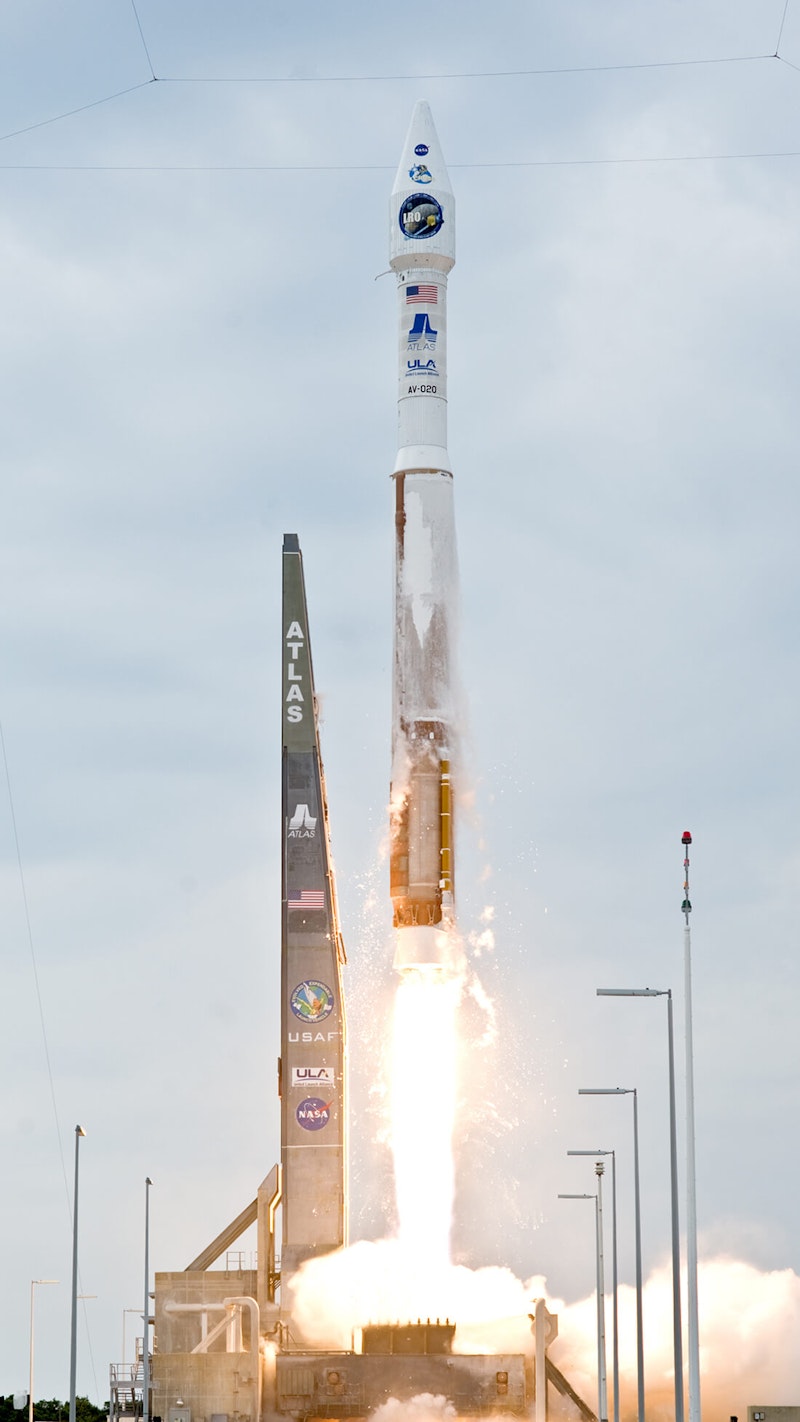
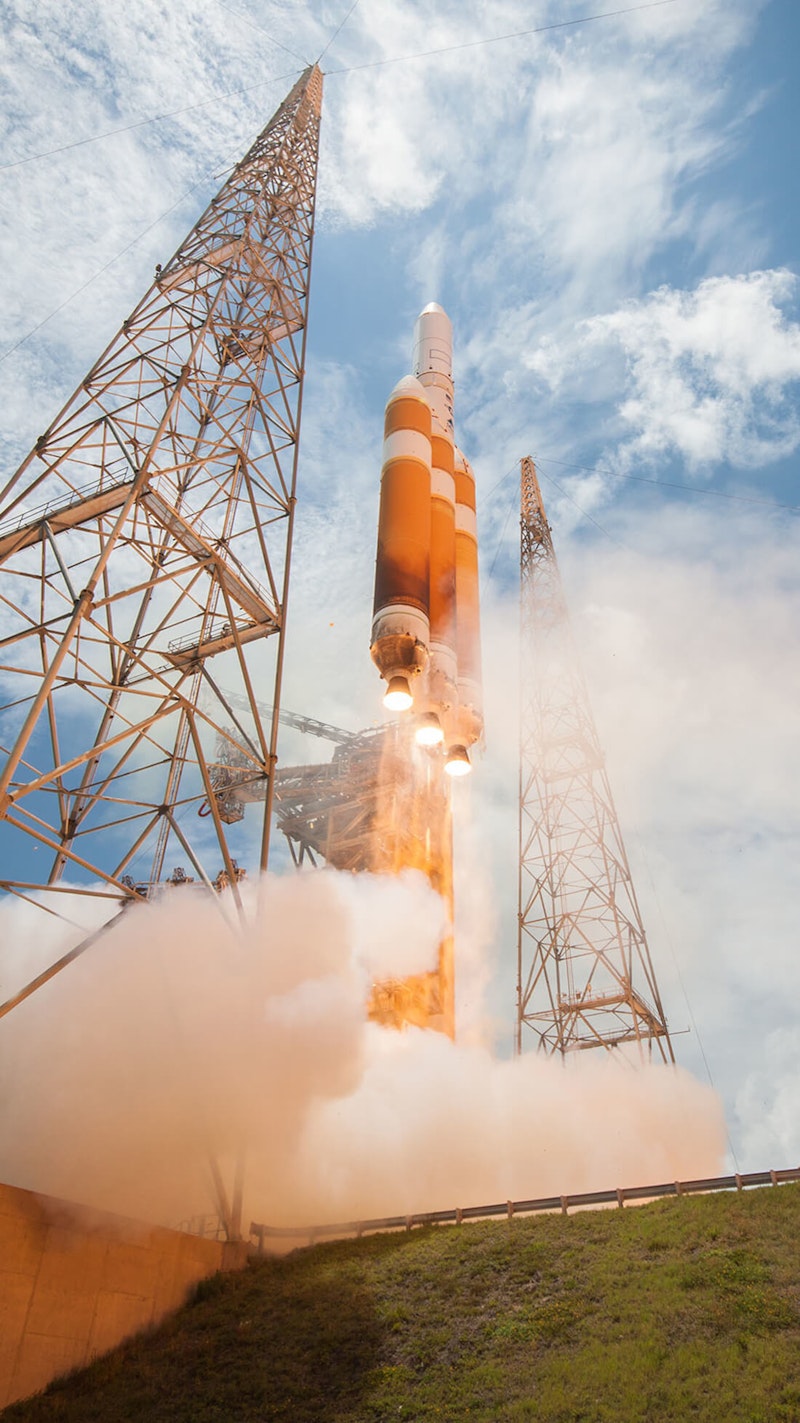
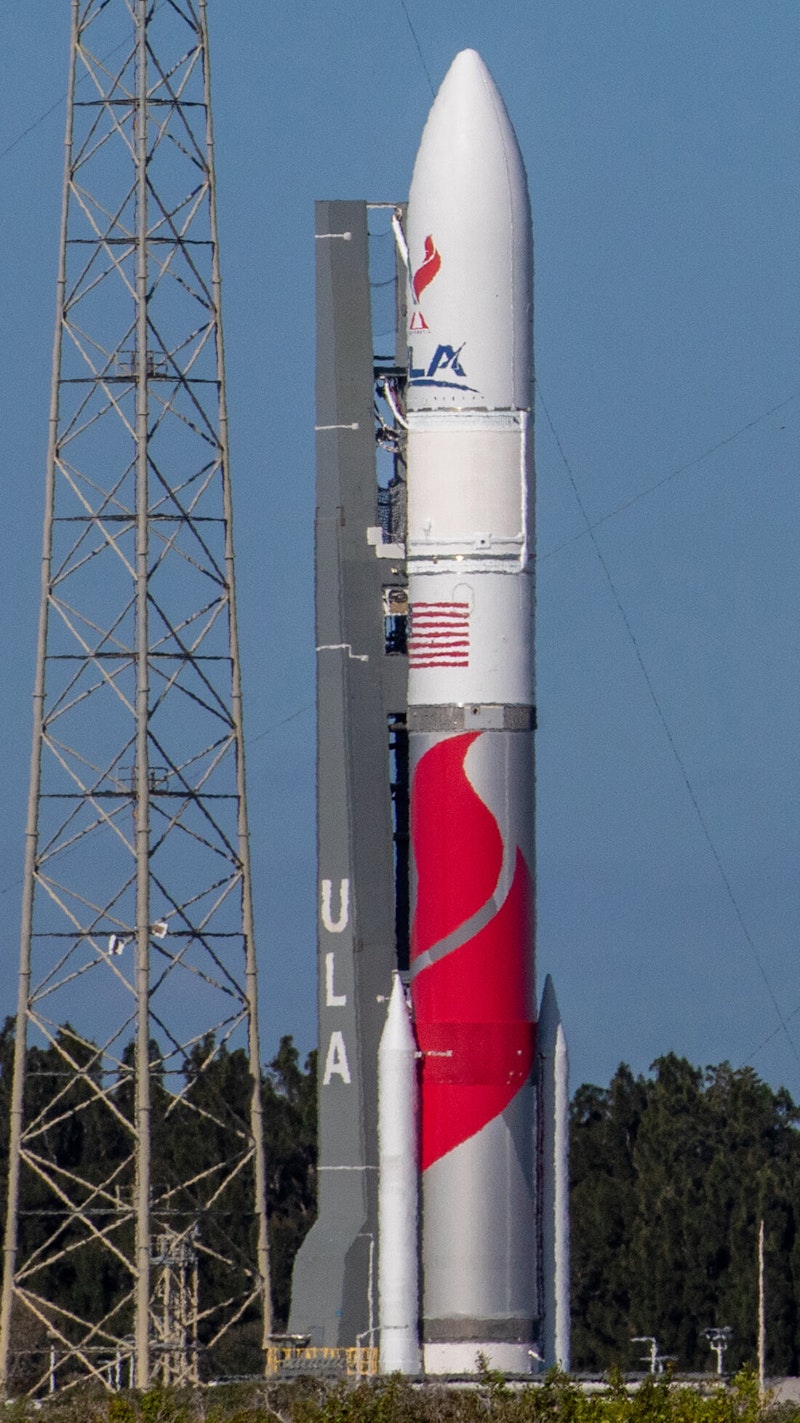
ULA's telemetry systems gather data from numerous onboard sensors, which measure metrics like temperature, pressure, vibration, and acceleration. Radio frequencies transmit This data back to ground stations throughout the flight. Using encrypted, redundant communication channels, ULA ensures the reliability and security of telemetry data for critical missions, whether commercial, scientific, or national security-related.
Telemetry is vital for flight operations teams to monitor the rocket's health and status in real time. Engineers analyze this data to make informed decisions, adjusting mission parameters to optimize vehicle performance or abort in case of anomalies. After each mission, telemetry data is reviewed to assess performance and refine models for future flights. This feedback loop is crucial for ULA’s continuous improvement, as it helps identify areas for enhancements, reducing risks and costs in subsequent missions.
European Space Agency (ESA)
The European Space Agency (ESA) uses advanced technologies for space flight telemetry, tracking, and control (TT&C). Their Ground Stations Network (Estrack) consists of ground stations worldwide, including 15 stations with large antennas for communicating with spacecraft across various mission phases. Estrack’s deep-space antennas, like the 35m stations in Spain, Australia, and Argentina, are essential for long-range missions and interplanetary communications.
After completing 117 successful missions between 1996 and 2023, the workhorse Ariane 5 rocket will be replaced in 2024 with the Ariane 6, designed for even more flexibility at a lower cost. They have launched a variety of payloads, including commercial satellites, European navigation satellites, and notable science missions such as ESA’s Rosetta comet probe and NASA's James Webb Space Telescope.
Unmanned rockets rely entirely on telemetry for control, and Arianespace has built a solid telemetry, tracking, and command system infrastructure to handle data interchange between the spacecraft and the ground. Telemetry is processed using OBDH (Onboard Data Handling Systems to transmit health, system status, and scientific measurements from sensors. Tracking technology calculates spacecraft position and velocity using Doppler and range measurements. Command systems send instructions to the spacecraft, including instrument and attitude control.
Data protocols based on the Consultative Committee for Space Data Systems (CCSDS) standards ensure interoperability among international space agencies. These include the Telemetry (TM) and Telecommand (TC) standards and the Space Packet and Proximity-1 Protocols.
On the ground, SCOS-2000 (Spacecraft Control & Operations System) software handles telemetry data visualization, command generation, and system automation, providing operators with a detailed overview of mission status. These systems allow ESA to maintain reliable, long-distance communication with its spacecraft, collect scientific and health data, and conduct precision maneuvers essential for complex space missions.
China
The China National Space Administration (CNSA) employs sophisticated telemetry systems to monitor and control space missions. Central to this is the Telemetry, Tracking, and Command (TT&C) system, which comprises ground-based stations, the Chinese Deep Space Network (CDSN), and the Tianlian relay satellites. These systems are vital for maintaining continuous communication with spacecraft, even during deep space missions like the Chang'e lunar explorations and the Tianwen-1 Mars mission. The CDSN, which includes stations in Kashgar and Qingdao, is crucial for far-reaching missions, providing long-range telemetry and tracking support. This network is supplemented by relay satellites, which enhance data bandwidth and coverage, allowing spacecraft to transmit data back to Earth without needing a direct line of sight to a ground station.
The relay satellites in the Tianlian series, located in geostationary orbits, play a crucial role in planetary missions. These satellites help bridge the communication gap between the spacecraft and Earth, providing telemetry and enabling mission control to send real-time commands. This infrastructure ensures that CNSA's rockets and spacecraft can consistently relay telemetry data essential for mission success and operational safety.
China is expanding its fleet with new rockets like the Long March 6C and Long March 12, designed to support both government and commercial payloads. Telemetry plays a crucial role across these missions, enabling real-time tracking and data transmission to monitor rocket stages and satellite functions.
CNSA operates under the China National Space Administration and is closely aligned with the military. Unlike NASA and the ESA, CNSA is not independent; due to its dual military and civil roles, it answers to China’s State Council and the People’s Liberation Army.
Emerging technologies
High-Throughput Satellite Telemetry: Using high-throughput satellites (HTS) for telemetry has become increasingly important, particularly for missions involving multiple spacecraft or long-duration deep space missions. These satellites provide the bandwidth to handle large volumes of data from advanced aerospace systems.
Optical Telemetry: Optical (laser) telemetry is an emerging technology that promises higher data rates and more secure communication. NASA and other agencies are exploring its use for future deep space missions, where more than traditional radio frequency communication may be required.
Artificial Intelligence (AI) and Machine Learning (ML): AI and ML are integrated into telemetry systems to enhance data analysis and decision-making. These technologies allow for predictive maintenance, anomaly detection, and autonomous operations, reducing the reliance on ground control for real-time decisions.
Quantum Communication: Quantum technology holds the potential for ultra-secure and high-speed data transmission, which could be especially valuable for military and high-security aerospace applications. Quantum encryption can ensure secure telemetry channels, while quantum entanglement may allow instantaneous data transfer over large distances.
Global Collaboration and Standards: International collaboration has become more prevalent, with agencies like NASA, ESA, Roscosmos, CNSA (China National Space Administration), and JAXA (Japan Aerospace Exploration Agency) working together on telemetry standards and technologies. This collaboration ensures interoperability and data sharing across different missions and countries.
Software-Defined Radio (SDR): SDR offers flexibility in telemetry systems, allowing software reconfiguration of frequency bands and modulation schemes. This adaptability can help aerospace systems quickly adjust to changing conditions, optimize spectrum usage, and improve resilience against interference.
Conclusion
The history of aerospace telemetry is a testament to the relentless pursuit of innovation in aerospace engineering. From the early analog systems of the 1920s to the sophisticated digital systems of today, telemetry has been an indispensable tool for ensuring the success of aerospace missions. As we look to the future, with ambitious plans for lunar bases, Mars colonization, and beyond, telemetry will continue to play a crucial role in advancing human cosmos exploration.
Telemetry will remain at the heart of aerospace technology, guiding spacecraft through the vastness of space, ensuring astronauts' safety, and driving future missions' success. With continued advancements in data acquisition, transmission, and processing, telemetry is poised to remain a cornerstone of aerospace engineering for decades.
As we move into an era of deep space exploration, lunar bases, and potential Mars colonization, telemetry will continue to evolve, integrating new technologies like AI, quantum communication, and optical telemetry. These advancements will ensure that aerospace telemetry remains a cornerstone of mission success, driving innovation and exploration in the final frontier.